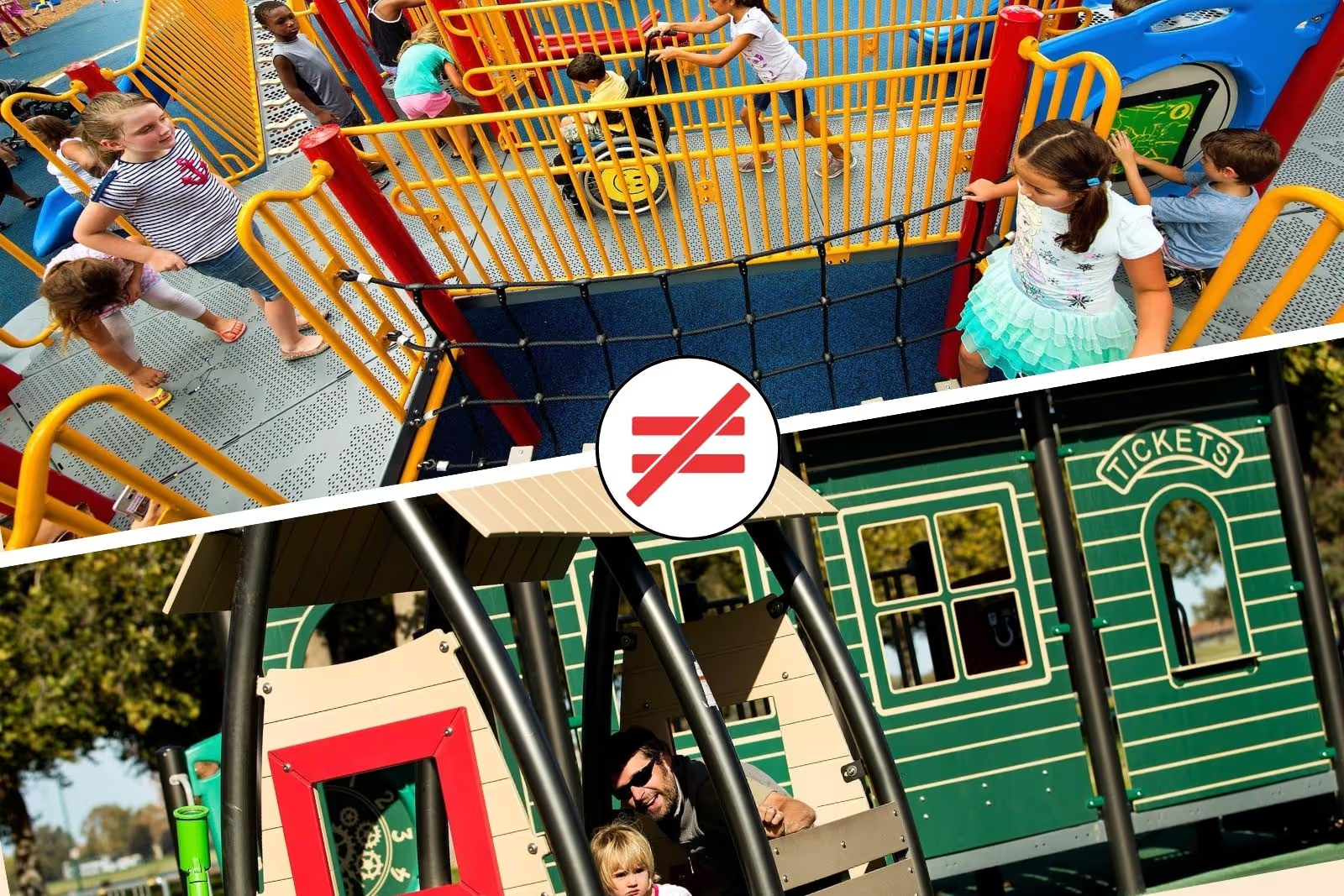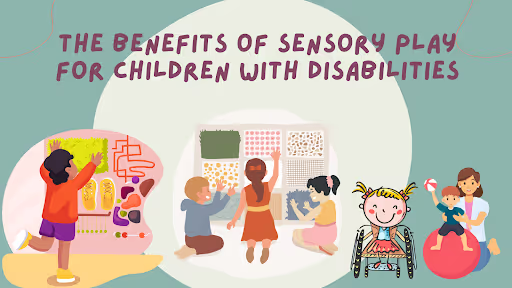Equipment Spotlight - GameTime Adaptive Switch Technology
For some people with limited upper body strength or low fine motor control, adaptive switches are an essential component of independent play. We integrate Adaptive Switch technology into many of our playground designs to accommodate people of all abilities.


Adaptive switches are a key component in our inclusive playgrounds. They serve a really important purpose: providing children with disabilities the ability to play more independently and participate actively with their peers.
So what is an adaptive switch?
In essence, it's a playground component that children can interact with. Adaptive switches can be categorized by the way they're used, their unique features, the response required to create the switch action, and the kind of assistance they provide.
Here's a few examples:
- Hand, finger, and body switches: A variety of switches that allow people with limited movement to access devices with the slightest movement of a finger or wrist. Another device in this category is the joystick. It can be mounted on the tip of an armrest. Joysticks may be used to activate more than one type of device by moving the joystick in different directions. The same joystick may be programmed to activate a phone, tablet, TV or array of Bluetooth-enabled devices.
- Light switches: Optical switches are activated by the eyes’ movement. The switch is open until the user blinks. As soon as the user blinks, it interrupts an infrared beam, and the switch is closed.
- Sound switches: Sound-activated switches allow people with movement limitations to use their voice or any distinct sound to operate the switch. Simply saying “ahhh” can make the switch perform the desired action.
- Wheelchair and bedside switches: These switches are fitted to the wheelchair’s armrest or attached to the user’s bed. Some switches are activated by the fingers, while others are activated by shoulder movement, neck motion, sound or vibration.

For more information on the different types of adaptive switches. view GameTime's website.
If you're interested in including adaptive switches in your upcoming playground, or you want to add it to your existing playground, contact us.













